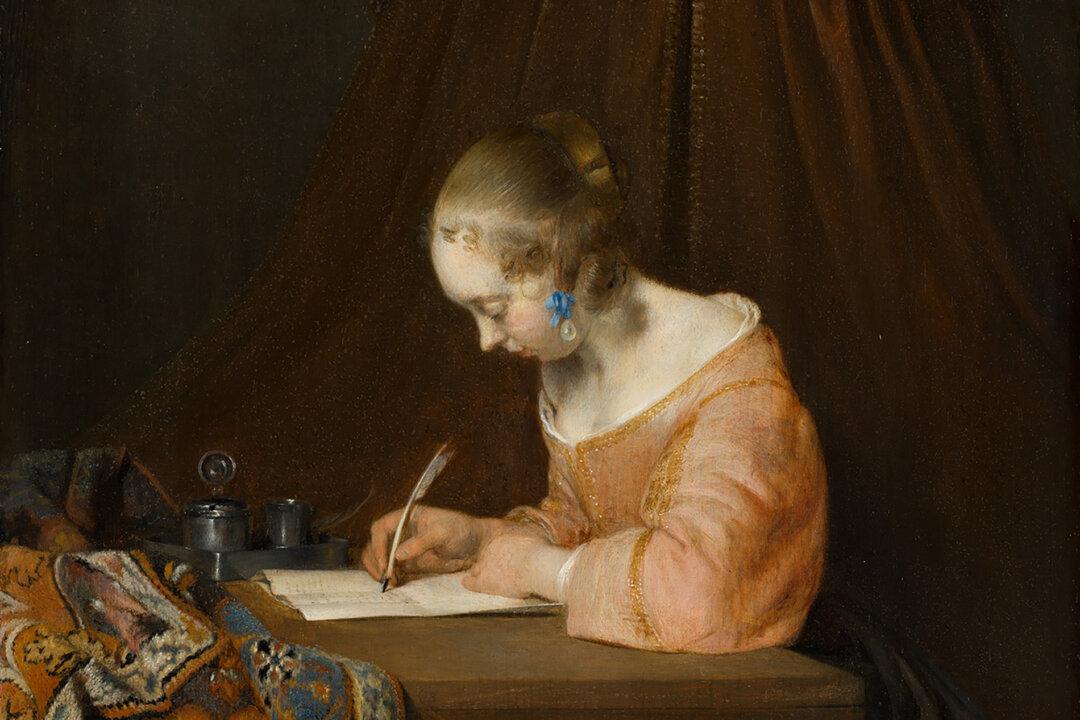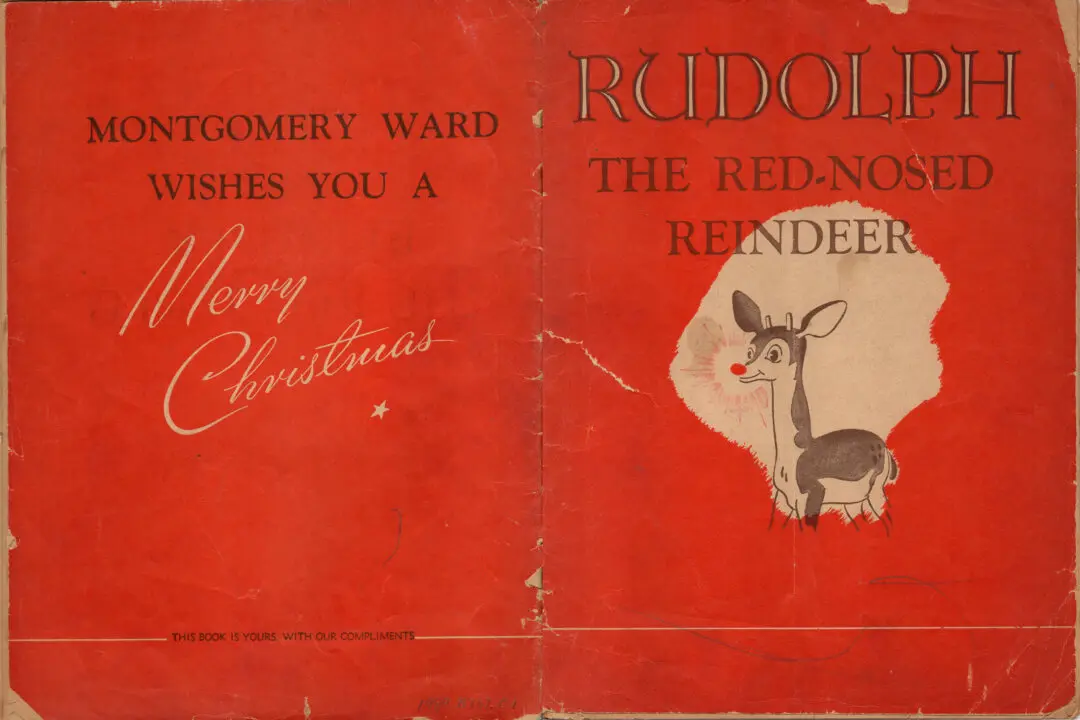Suppose we took a spectrum of essays and decked them out in clothing that matched their style.
Those pieces that deliver information—an advance in science, an event in history, a critique of some author or a piece of literature—might wear, if personified, a modest coat, slacks, a solidly colored shirt, and tie. If the writer were female, we might expect her prose to appear in a skirt, a matching blouse, and a simple pendant for a necklace. These essays would dress like bankers, doctors, and lawyers.






